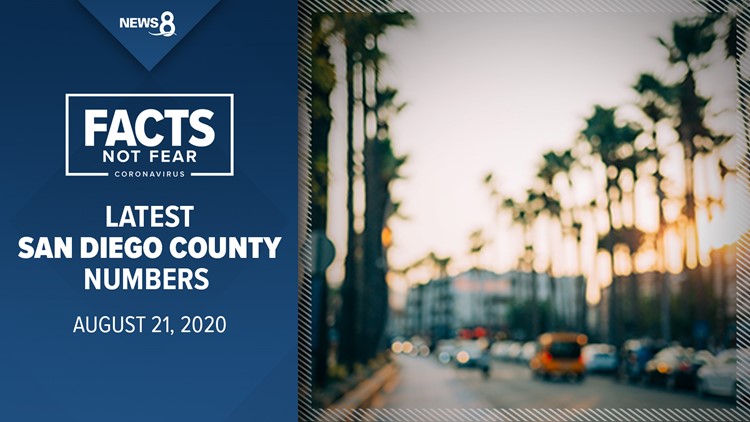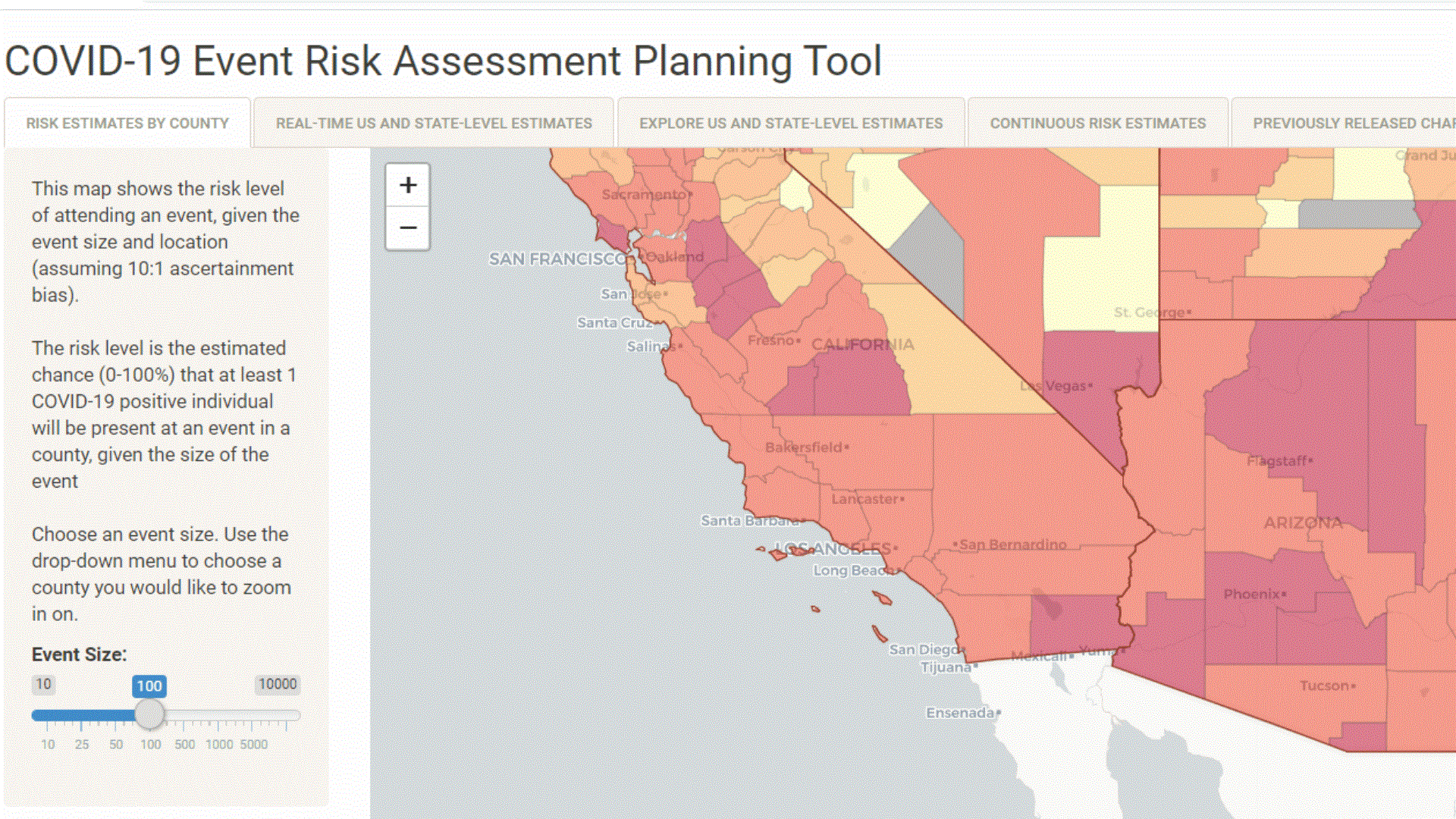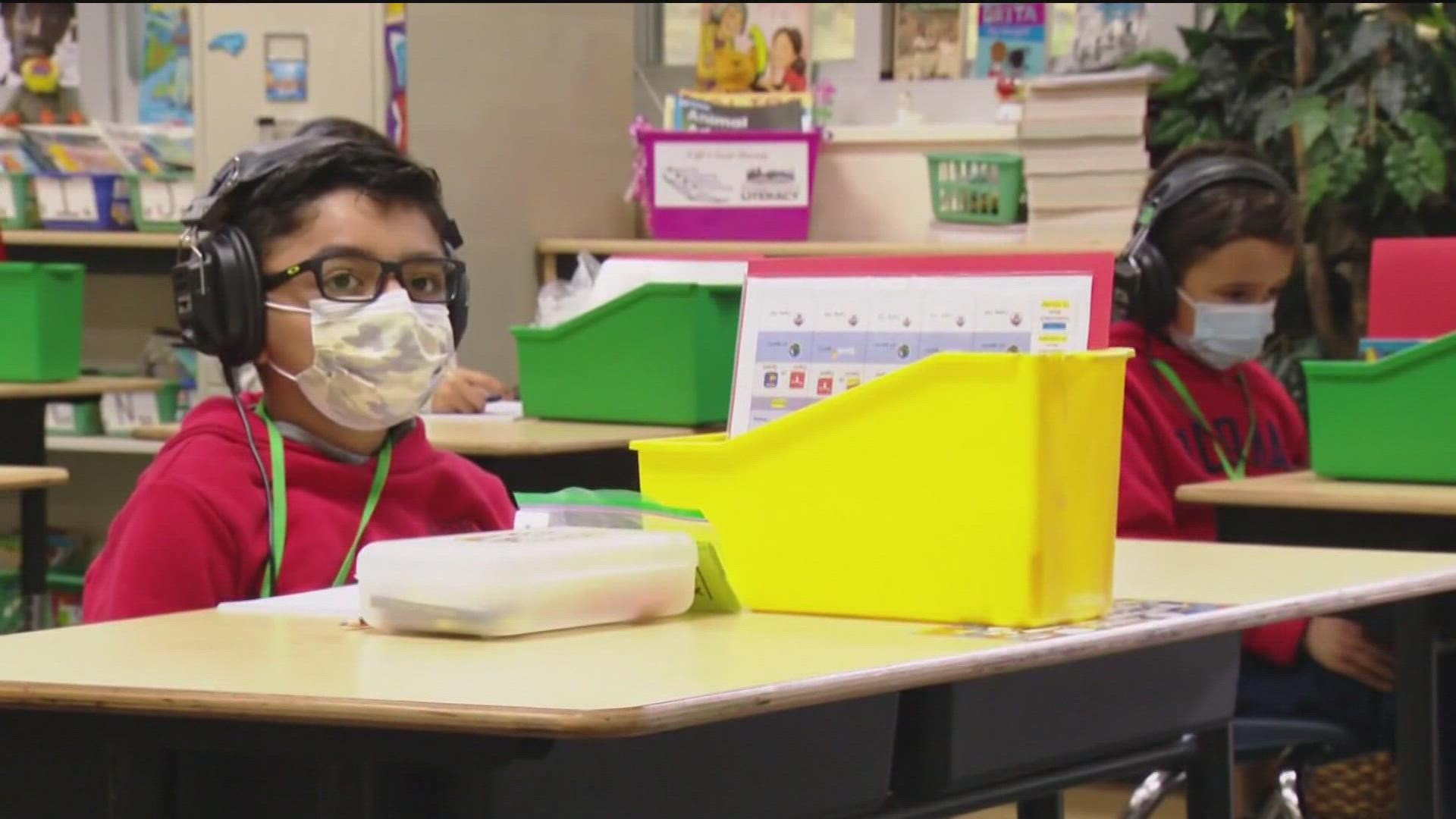SAN DIEGO — As San Diego County awaits guidance on the effects of its removal from the state's coronavirus watchlist, public health officials reported 304 new COVID-19 cases and eight additional deaths Friday, raising the region's totals to 35,912 cases and 652 deaths.
Two women and six men died. Their ages ranged from early 50s to late 80s. At least seven had underlying medical conditions while it is unknown if the eighth did as well.
The county was officially removed from the state's monitoring list Tuesday, setting in motion a 14-day countdown that could see K-12 students back in the classroom as soon as Sept. 1, depending on the decisions of individual school districts.
However, 27 schools -- mostly private, religious schools -- have been approved in the last three days for in-person learning by the county.
The schools include Calvary Christian Academy, Francis Parker School, Chabad Hebrew Academy, San Diego French American School, La Jolla Country Day School and others. They were among nearly 50 schools which had applied for a waiver to the county's public health guideline regarding in-person teaching.
Of the 6,567 tests reported Friday, 5% returned positive, bringing the 14-day rolling average to 3.9%, well below the state's 8% guideline. The 7- day rolling average of tests is 7,641 daily.
Of the total positive cases in the county, 2,946 -- or 8.2% -- have required hospitalization since the pandemic began, and 726 -- or 2% -- were admitted to an intensive care unit. The current number of COVID-19 patients in the hospital rose to 278 Thursday, with 103 of those in the ICU.
County health officials reported seven new community outbreaks Wednesday, bringing the number of outbreaks in the past week to 19.
Two new outbreaks were reported each in restaurant/bar settings and businesses, while single outbreaks were reported in a healthcare setting, a grocery setting and a faith-based organization.
The county continues to keep confidential the names and locations of businesses with outbreaks.
"Avoiding businesses where an outbreak has been identified does not lower your risk of infection," said Dr. Wilma Wooten, the county's public health officer. "If there was a specific threat to public health, we would release that information."
The number of community outbreaks remains well above the county's goal of fewer than seven in a seven-day span. A community setting outbreak is defined as three or more COVID-19 cases in a setting and in people of different households in the past 14 days.
County Supervisor Nathan Fletcher said he and other county officials were expecting to hear about the framework for reopening indoor businesses from the state next week.
"That doesn't mean we'll be able to open everything all at once," he said Wednesday. "We must be mindful. We don't want to undo the progress we've made so far."
The county continued to make progress Friday, with a case rate of 83.7 positive COVID-19 tests per 100,000 people, below the state's 100 per 100,000 guideline.
The county will be placed back on the list should it be flagged for exceeding any one of six different metrics for three consecutive days. Those metrics are the case rate, the percentage of positive tests, the average number of tests a county is able to perform daily, changes in the number of hospitalized patients and the percentage of ventilators and intensive care beds available.
On Monday, county-compiled data related to race and ethnicity on testing, staffing and geographic location will be made available for the first time. Previously, data on race had been broken down by deaths, hospitalizations and case numbers only.
Latinos are still disproportionately impacted by COVID-19, with that ethnic group representing 61.7% of all hospitalizations and 46% of all deaths due to the illness. Latinos make up about 35% of San Diego County's population.
Wooten revealed a five-tiered testing priority protocol Wednesday that the county has been using. In the top two tiers were symptomatic people separated by risk factors, followed by two tiers of asymptomatic people and finally by a general public health surveillance tier. The county reassessed its testing priorities in mid-July.
San Diego Mayor Kevin Faulconer announced Tuesday that the city would begin allowing gyms, fitness businesses and places of worship to operate in city parks beginning Monday.
"There is no city better than San Diego to take advantage of the fact that COVID-19 has a harder time spreading outdoors. Using parks as part of our pandemic relief response will help the mental health and physical health of thousands of San Diegans," Faulconer said.




